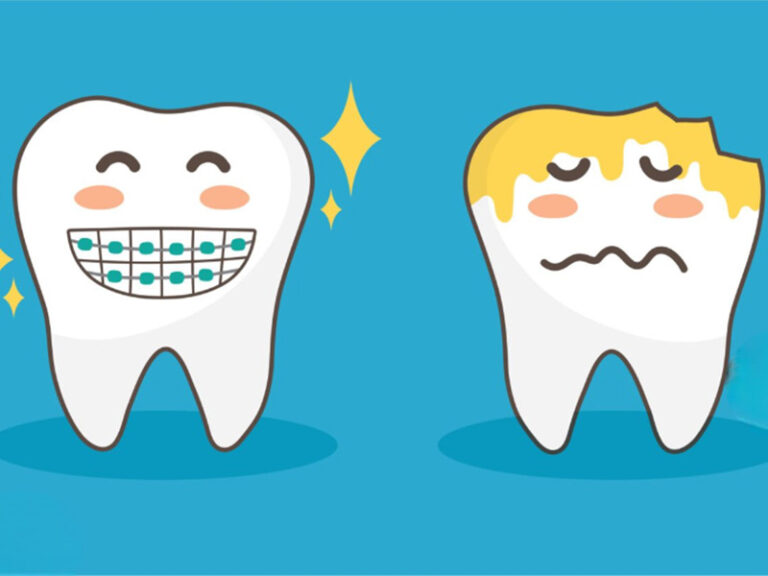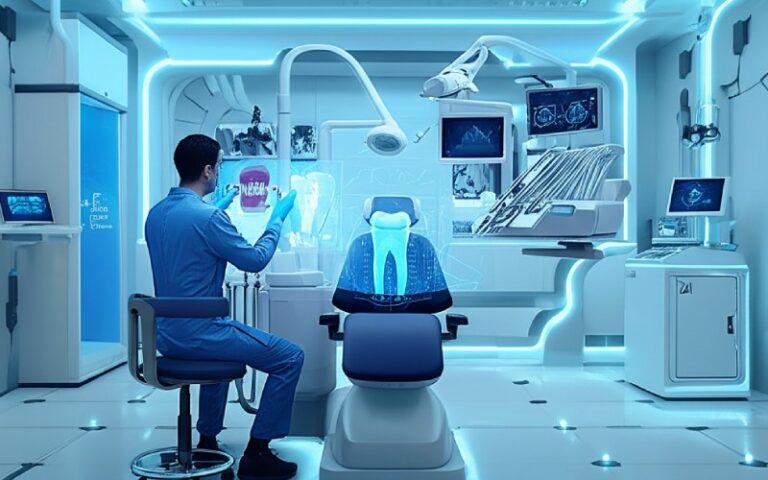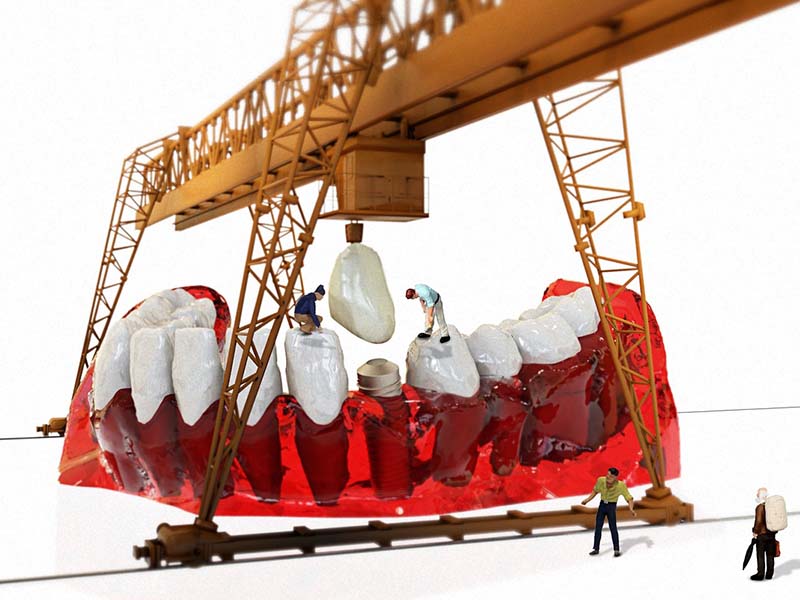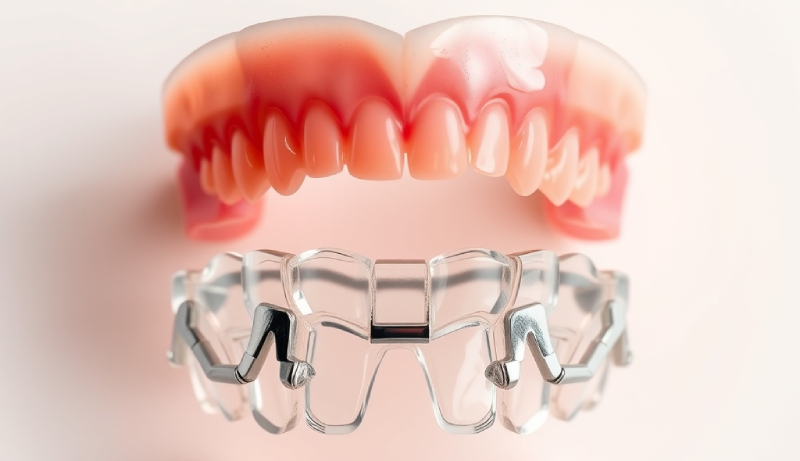
Boost Your Dental Practice: The Essential Guide to Effective Team Meetings
By an experienced dental practice manager who found out (sometimes the hard way, sometimes the fun way) that good meetings really are the secret sauce to a happy, smooth-running office.
Table of Contents
Introduction: The Underrated Hero of Dental Practice Success
If you’d told me years ago that meetings—not my dental skills, marketing know-how, or even my fancy new scanner—would be the real backbone of our practice, I wouldn’t have believed you. To me, meetings just got in the way of “the real work.” But I quickly saw that once our meetings changed from boring and pointless to helpful and focused, everything else got better. We talked more, we worked better together, patients noticed, and hey—our bottom line got a nice boost too.
Grab a seat. I want to show you how I took our meetings from energy-draining time-wasters to something my team actually looks forward to. Get ready for some lessons I learned, some mistakes I made, and some tips that stuck—so you can make your own dental office stronger, one meeting at a time.
Why Good Team Meetings Matter So Much in Dentistry
Let’s be real—trying to run a dental practice feels like managing a living, breathing machine with a lot of moving parts. If those parts stop talking to each other, things get bumpy. Here’s what I found after a few tough years: the right team meetings run like an engine that keeps everything running smooth, keeps your team excited, and keeps your patients coming back.
Better Communication and Teamwork
Back when I started, the front desk and dental team barely spoke. Our schedules clashed, details got mixed up, and patient handoffs were awkward. It was a mess. But when we started having regular meetings, those walls went away. Suddenly, my hygienist could ask the scheduler questions, assistants could update the front team on patients, and everybody knew what was coming up. We finally got on the same page.
More Efficiency and Getting Stuff Done
Nobody wants to waste time or run around like crazy. When we brought in daily huddles, the little bumps—like a missing lab case or a last-minute allergy—got noticed early, not when they blew up. We started working together like a dance team. No more stop-and-go, just things moving smoothly.
Happier Patients
The biggest surprise? Patients noticed. Handoffs went smoother. I heard things like, “Everyone here is so organized!” Our Google reviews shot up. Why? Because we fixed problems before they started. If a patient said something went wrong, we talked about it next meeting, then made changes.
Higher Team Spirit and People Sticking Around
Losing good team members is rough—and hiring new ones is expensive. I used to lose people all the time. Then, when I started running meetings where everyone could share and be heard, people wanted to stay. Saying happy birthday, cheering wins, and tackling tough stuff together made everyone feel like they mattered.
Solving Problems and Trying New Ideas
When you hide problems, things just get worse. Our meetings gave people space to share issues, think up fixes, and follow through. We finally solved billing headaches, set up a better way to call back patients, and rewrote our safety rules together. All from honest chats around the table.
Working Toward Goals (and Actually Getting There)
Goals used to feel like wishes. When we looked at numbers together—like happy patient scores and how many people said yes to treatment—those wishes turned into real goals. Everyone saw what they could do to help, from the desk to the dental chair.
The Different Types of Dental Team Meetings (And When to Use Them)
Not every meeting is the same. Each one matters in its own way. Here’s what worked for me—and how you might use them yourself.
The Daily Huddle: Fast, Focused, and Fun
This 10-15 minute morning check-in is my go-to. We all stand up, keep it short, and the agenda stays the same: What’s up today? Any surprises, last-minute stuff, or special situations? I always start with a “win” from the day before. These little meetings keep us on track for a good day.
Tip: Get consistent. We use a short list—who’s out, any missing labs, highlight any patients with something special going on. Nobody leaves confused.
The Weekly or Every Other Week Team Meeting: Deeper Dives
Think of these as “state of the office” meetings. We sit down for about an hour (never more than 90 minutes), go over what’s working and what’s not, look at numbers, do some team-building, and brainstorm. Sometimes there’s a bit of training on something new: maybe customer service, maybe some software.
Pro-Tip: Always send an agenda first. I ask my team what they want to discuss—and it keeps everyone involved, with way less “Hey, why didn’t I know about this?”

Monthly or Quarterly Manager Meetings: Big-Picture Planning
Here I put on my boss hat. I sit down with the office manager and team leads to peek at finances, marketing, and long-haul plans. We check how well patients are sticking around, talk about staff growth, and see if our latest “strengths-weaknesses” list has changed. It’s a bit more formal, but it keeps us on track and dreaming bigger.
Extra Meetings for Special Problems
Sometimes something comes up—maybe a law changes, there’s an emergency, or we need ideas fast for a referral push. These huddles are short, focused, and always have a point: fix the problem and divide up the next steps.
How to Run Team Meetings That Actually Help
What took my meetings from boring to powerful? A little prep, some structure, and solid follow-up. Here’s how I’d do it if I started over.
Before the Meeting: Get Ready
Have a Real Purpose and Goal
I don’t call a meeting without knowing why we’re there. Is it just a daily check-in, or do we need to solve something? I put a reason in every calendar invite. No more “because we always do this” meetings.
Share the Agenda Early
People like to get ready, and they work better when they know what’s coming. I send the agenda out at least a day early (and sometimes ask for extra topics). That knocked out side conversations and wasted time.
Bring All Needed Info
Nothing stops a meeting faster than looking for last month’s office numbers or patient reviews. I bring reports or have the dashboard ready before we start.
During the Meeting: Keep It Moving
Pick Someone to Guide the Meeting and Watch the Clock
Back in the day, our meetings got messy. A few people would talk too much. We’d wander off topic. So now, I ask one person to keep us on time, and another to run things if I have to jump away. That way, it’s fair for everyone.
Get Everyone Involved
Quiet team members sometimes have the best ideas. I call on people by name, ask open questions, and set some rules so nobody gets left out.
Avoid Going Off Track
People love to bring up old issues that aren’t on the agenda. I keep a “talk about later” list to catch random topics—so we don’t lose time.
Solve Problems, Don’t Just List Them
Anybody can complain. Solving takes guts. We wrap up each topic with “What will we do about this?” and write down who will do what, and when.
Keep It Positive
Nobody likes finger-pointing. We stay focused on fixing systems, not blaming people. If things get tense, I pause and remind everyone we’re here for better care and happier staff.
After the Meeting: Make It Stick
Send Out Simple Meeting Notes
I send out a few bullet points with decisions, next steps, and who’s doing what. I do this the same day, before anyone forgets.
Check If Things Get Done
At the next meeting, we review our to-do list. Did we fix double-booking? Is that new script stopping no-shows? If not, we tweak and try again.
Ask for Feedback
Sometimes I send a quick survey (often anonymous) and ask if the meetings are still helping. Honest feedback keeps us fresh and lets me adjust.
Common Meeting Mistakes and How to Avoid Them
Even the best plans can go sideways if you’re not careful. I’ve made every mistake here—maybe now you won’t have to.
- No Agenda or Point: People check out or just don’t come.
- Meetings Go Too Long: Set a timer and end it. Dragging meetings drive people nuts.
- Same Voices Always Talk: Swap out who leads and ask quiet folks for their thoughts.
- No Decisions or To-Dos: Talk is cheap. If you don’t follow up, nothing will change.
- Blaming and Negativity: Fix the process, not the person.
- Too Many (or Useless) Meetings: Don’t invite people who don’t need to be there.
- Too Many or Too Few Meetings: Find what works for your team. Too many wastes time. Not enough creates confusion.
Are Your Meetings Working? How to Tell
I really believe: If you measure it, you can manage it. But it’s tough to know if meetings help just by guessing. Here’s how I keep track for real:
Number Crunching
- Patient Happy Scores: Use simple surveys or “Would you recommend us?” to see if patients notice your new teamwork.
- How Often Staff Leave: Fewer goodbyes mean happier staff. I saw our number of people leaving drop from 25% to below 15% when meetings felt useful.
- Office Profits Up: Coordinated teams and more people saying yes to treatment pushed our yearly profits from so-so 5% to about 10–15%.
- Better Use of Time: Thanks to huddles, our average chair time went up by 10%. Canceled appointments went down.
What You See and Hear
- Team Mood Checks: I ask, “How’s work feeling?” Quiet, anonymous answers are eye-opening.
- People Talking More: I watch for hallway talks about cases or ideas. That didn’t happen before.
- Fewer Fights: Old problems used to boil over. Now, we solve most problems before they explode.
Conclusion: One Good Meeting at a Time
Managing a dental office is tough. You bounce from patient care to paperwork to the leak in the break-room—sometimes by noon. Here’s the biggest thing I’ve learned: When your meetings work, everything else gets easier.
Don’t overlook the power of gathering your crew, listening for real, sharing small wins, and fixing stuff together. Start small: try a short huddle tomorrow, use an agenda, and cheer what’s going right. Soon, you’ll see it—happier team, easier days, and patients telling their friends how awesome you are.
If you want a stronger dental practice, start with just one good, real team meeting. You won’t believe the difference. Your future self—and your team—will thank you. “`








